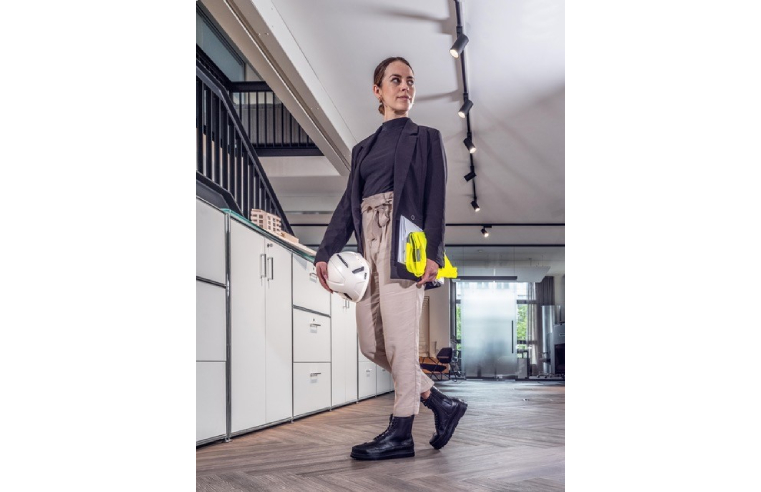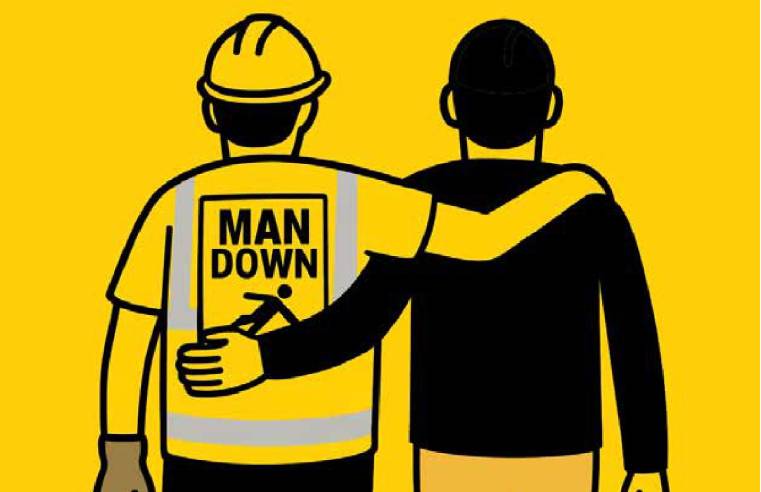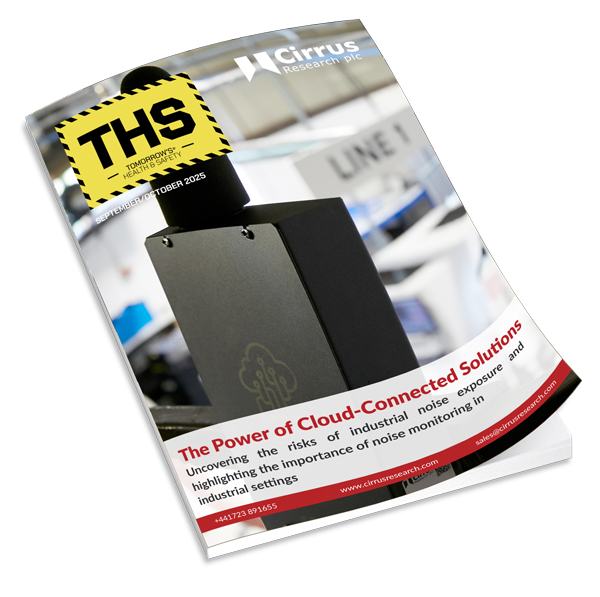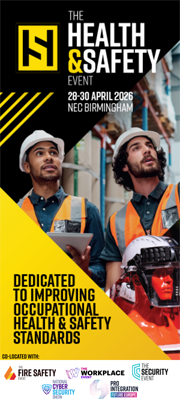When workers are uncomfortably wet, cold or hot, it’s not only a wellbeing issue but also a safety risk. Arco, a UK-based health and safety expert, wants individuals and business owners to understand the various factors that impact thermal comfort and compromise safety.
As winter continues, people who spend time working outdoors will face freezing temperatures, heavy rain and strong winds. Extreme weather conditions can cause irrational and unsafe behaviour. Ill-equipped employees make mistakes and take shortcuts to avoid being exposed. It is therefore essential that employers ensure workers are protected from the effects of working outdoors as unsettled weather continues and wind speed increases, in order to prevent cold stress and cold related injuries.
Studies show that accidents may increase by up to 35% when people experience excessive cold while working. Arco has created a free handy infographic to explain the dangers of people working in uncomfortably cold environments.
Tailoring for the individual
Everyone feels heat and cold differently. Thermal comfort is affected by six basic factors, some of them environmental but some of them personal to individuals. Health and lifestyle factors contribute significantly to the way people perceive cold. Some will feel excessively warm while carrying out the same task as others in the same environment. This means workers will often need to be able to adapt what they wear to achieve their own optimum level of thermal comfort.
Using a system of clothing layers made from a variety of materials, worn as conditions dictate, ensures complete flexibility.
The function of the layers is simple - to retain or release body heat and moisture vapour as needed to help prevent hypothermia at one extreme and heat exhaustion at the other. In the middle is the “comfort” zone. A temperature of about 35°C (skin temperature) and humidity of 65% is comfortable for most.
Thermal comfort is essential to worker productivity and wearing multiple layers which trap air between them, are more effective than a single thick layer. Arco’s Expert Guide helps customers get the best results from their garments.
Wearing three layers, a base layer, mid-layer and outer layer, is the perfect way to ensure outdoor clothing is suitable for the cold. The breathable base layer sits next to the skin and wicks away moisture keeping the body warm and dry. The mid layer, known as the ‘insulating layer’ should provide warmth. This layer should be fitted to allow minimum air movement, which ensures that maximum heat is retained, while still letting perspiration escape from the base layer. Workers undertaking high aerobic activities may only need a base layer and outer layer if the weather is bad as they will be generating a high level of warmth, but they may still need a warmth layer for periods of rest.
The outer layer is the shield against wind, rain and abrasion. Employers need to ensure this layer is fully waterproof, windproof, breathable and durable. This includes hazard protective clothing, such as high-visibility jackets and over trousers. Arco’s GORE-TEX Fabric product range allows wearers to work in comfort while protected from the wind and rain.
Thoroughly waterproof clothing means less downtime, less sick leave and the job gets done no matter what the weather. An independent field study showed absence rates decreased significantly among construction workers wearing GORE-TEX clothing compared with those wearing conventional workwear. On average, those wearing GORE-TEX clothing took 1.5 fewer days sick leave over the six-month study.
The six basic factors affecting thermal comfort:
Air temperature - the temperature of the air surrounding the body.
Radiant temperature - thermal radiation is the heat that radiates from a warm object.
Air velocity - the speed of air moving across the employee and may help cool them if the air is cooler than the environment.
Humidity - high humidity environments have a lot of vapour in the air, which prevents the evaporation of sweat from the skin.
Clothing insulation - thermal comfort is dependent on the insulating effect of clothing on the wearer. Wearing too much clothing or PPE may be a primary cause of heat stress even if the environment is not considered warm or hot.
Metabolic heat - The more physical work employees do; the more heat they produce.






























